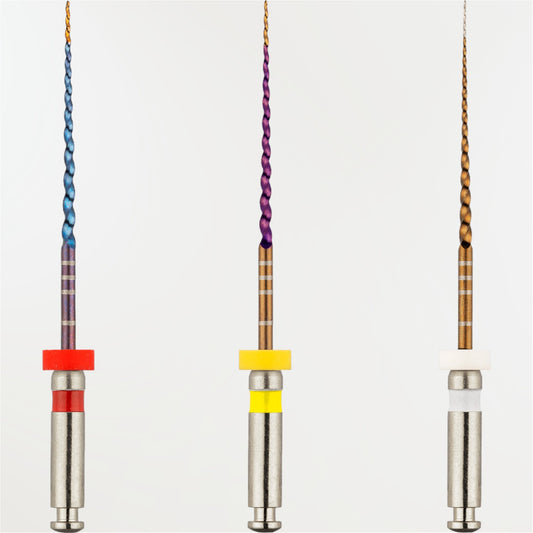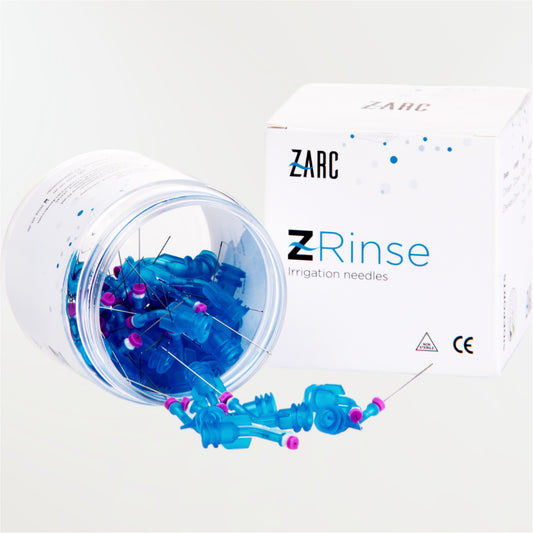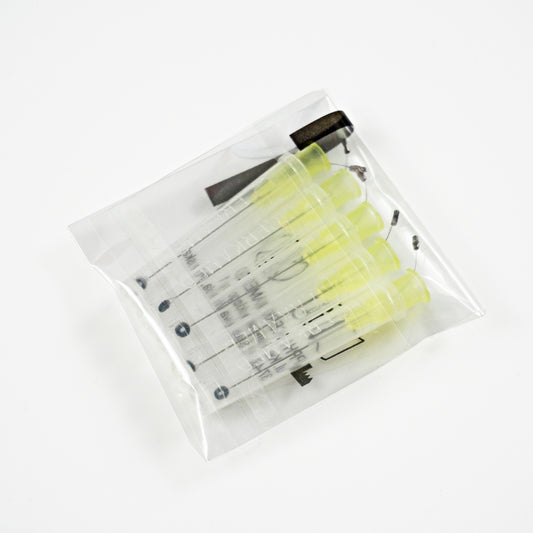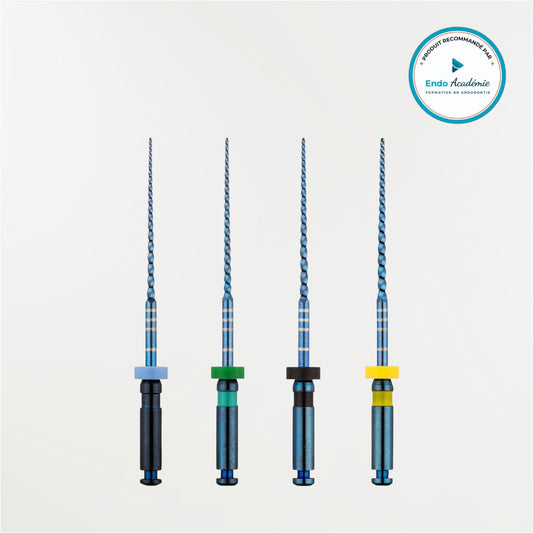Editor's note: This blog post is part of the summary of the presentation by Dr. Thibaut MERIT who led a training day on 10/12/2024 on the theme of “Conservative Endodontics”. This is part 3/4
Conservative Access Design in Endodontics: Techniques and Details
Why is conservative access crucial in endodontics?
Principles of Conservative Access Techniques

-
Trench access
Trench access involves creating a small opening on each canal in a targeted and controlled manner. This technique reduces the overall impact of the opening by avoiding the need to remove large portions of dentin. By using a trench-type approach, the practitioner can access individual canals without compromising the surrounding tissue. This method is particularly effective for molars and premolars where the root anatomy is complex and each canal can be targeted independently.
-
"Orifice-directed" access
Orifice-directed access involves directly opening the orifice of each canal, thus limiting dentin loss in the transition zones. This type of access is achieved by maintaining a small opening, focusing only on the canal orifices, which minimizes unnecessary manipulations and preserves the surrounding tooth structure. This technique also relies on the use of highly flexible files capable of advancing in more confined spaces.
-
Minimalist coronal access (or "Ninja access")
"Ninja access" is an ultra-restricted access technique that involves making a very small opening at the coronal level. Using this method, the practitioner can reach the canals with minimal impact on the pericervical dentin. This type of access requires great precision and a high level of skill, as direct visibility is reduced. This is why this technique is often combined with the use of a microscope, which allows the internal structures of the tooth to be visualized with great precision.
-
Conservative access for the reuse of natural dental materials
In some cases, endodontists may consider leaving some natural tissue, such as intact dentin, in place, even if it contains moderate caries or calcifications. The idea is that this structure, if isolated from active infection, can provide natural mechanical support to the tooth after root canal treatment. This requires careful analysis of the structure and consideration of biological factors, as any area containing active infection must be removed.

Essential equipment for practicing conservative access
- Microscopes: These devices allow endodontists to visualize canals with greater precision, even in confined openings. By using a microscope, the practitioner can locate canal orifices without widening access, thereby limiting the impact on pericervical dentin.
- CBCT (Cone Beam Computed Tomography): As explained in the previous blog, CBCT allows for three-dimensional visualization of root structures. Using this technology, the practitioner can plan access precisely before even beginning the procedure, thus avoiding unnecessary openings.
- Flexible and heat-treated instruments: These instruments are designed to be flexible and follow the natural curves of the canals. They allow for working in narrower spaces without damaging the dentin. Dr. Merit highlighted these files as an essential complement to conservative access techniques, as they help minimize structural loss.
Challenges and complexities of conservative access
-
Reduced visibility
With restricted openings, canal visibility is limited. Even with a microscope, it is difficult to clearly see the inside of the canal, which can complicate instrumentation and thorough cleaning. Dr. Merit emphasizes the need for advanced training to handle instruments precisely in tight spaces.
-
Risk of root perforation
When endodontists work with limited openings, there is an increased risk of perforating the root due to poor visibility and space to maneuver instruments. A root perforation can compromise treatment success and lead to significant complications.
-
Technical instrumentation and specific tools
The use of specialized equipment is essential for working with conservative access. However, these instruments can be expensive and require specific training, which limits access to these techniques for some practitioners.
-
Longer operating time
The conservative approach is often more complex and can require more time. Each canal must be treated individually, requiring greater attention to detail. Dr. Merit points out that this technique is sometimes perceived as a slower method, but he emphasizes that the time investment can significantly improve long-term results.
Conclusion: Conservative access for better dental durability
Our product recommendations:
Slim Shaper Files (Zarc)
Slimshapers are canal shaping instruments with significant flexibility.
MiniKut Files (Plan B)

Shaping instruments based on the concept of minimally invasive endodontics. In addition to the EZT (negotiation instruments) of the same brand, they allow for shaping with a 3 or 5% taper.







